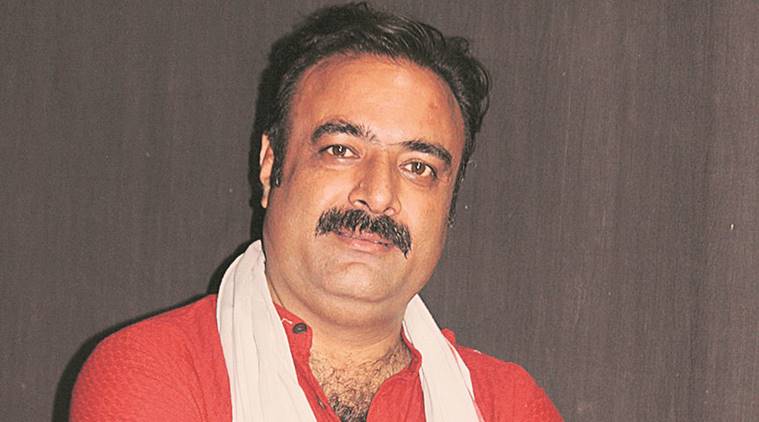‘New directors should do Sanskrit theatre’: Varanasi NSD director
Ramji Bali, Director, of the new National School of Drama, Varanasi, on Indian classical theatre and giving youth a choice. In 1998, Bali joined NSD and graduated in 2001.
| Updated: July 19, 2018 12:19:45 am

Ramji Bali, Director, NSD Varanasi
Written by Express Features Service
He had specialised in acting from India’s premier institute, National School of Drama (NSD), but it was as a director that Ramji Bali began to interpret the fissures in society. He went back to Indian classical literature, from Abhijnana Shakuntalam to Mrcchakatika, to express the social tensions and the people caught in it. Bali has been appointed Director of the National School of Drama in Varanasi, a new centre, whose curriculum will be based on Indian classical theatre. “How many new directors work on Sanskrit theatre now? Very few. Kar ke too dekhiye, the youth will join in,” he says. Excerpts from an interview:
From Sita to a vanar
Nobody, however far you go into my ancestry, has been into theatre. I am from Faridabad, where there was no theatre for most of the year. Things changed in the autumn, when the gali-mohalla would come alive with Ramlila. When I was young, the Ramlila people turned me into Sita or Ravan. When I became a little older, I started playing whatever role I could find a costume for. If it was a red outfit, I became a vanar in the vanar sena and, if my dress was black, I joined Ravan’s forces. In 1998, I joined NSD and graduated in 2001.
Give me more
I didn’t have a single absent mark during my entire time at NSD. I had already finished a two-year course at Sri Ram Centre. I joined the NSD Repertory and was there from 1997-98. It was after that that I became a student of NSD so I was a bit restless with the pace of the course. I think students who have experience of theatre, should be restless in the class.
Old stories
I always had a leaning towards literature. I have done around half a dozen plays based on the works of Kalidas, Bhavabhuti and Bhasha, among others. Which layer of society has not been represented by these great writers? In Shudraka’s Mrcchakatika, there is a range of characters, from prostitutes to thieves to the king’s brother-in-law, who is an aiyaash, like the relatives of many politicians of today, there is an artist, Charudutta, and the beautiful courtesan, Vasantasena. The plot also addresses changes in the power structure, with people revolting against the king.
Still on stage
I will keep acting alongside being Director of NSD in Varanasi. I have a theatre group, Theatrewalah, and we work a lot with young people. One of my past productions has been with students of a prominent girls’ college in Delhi. I gave them a choice between William Shakespeare and Mrcchakatika, and they picked the latter. They worked hard, and it was one of the best performances of the text I have ever seen.
Classical Classes
Even though I picked up Agha Hashar Kashmiri’s work, Sita Banbas, I presented it like a Sanskrit play. The course at NSD, Varanasi, will be based on the Natyashashtra. For the past few years, there has been a perception that the Natyashashtra is outdated, but the truth is that it is very modern and relevant to the contemporary times. All kinds of acting, from Bollywood to the Russian Stanislavski system, all have emerged from here. It is not that the Natyashashtra method of realism is not been used in acting today, but we do so, largely, without knowing about it. This is the first institute that will specifically be based on the Natyashashtra acting method.
For all the latest Lifestyle News, download Indian Express App






















No hay comentarios:
Publicar un comentario